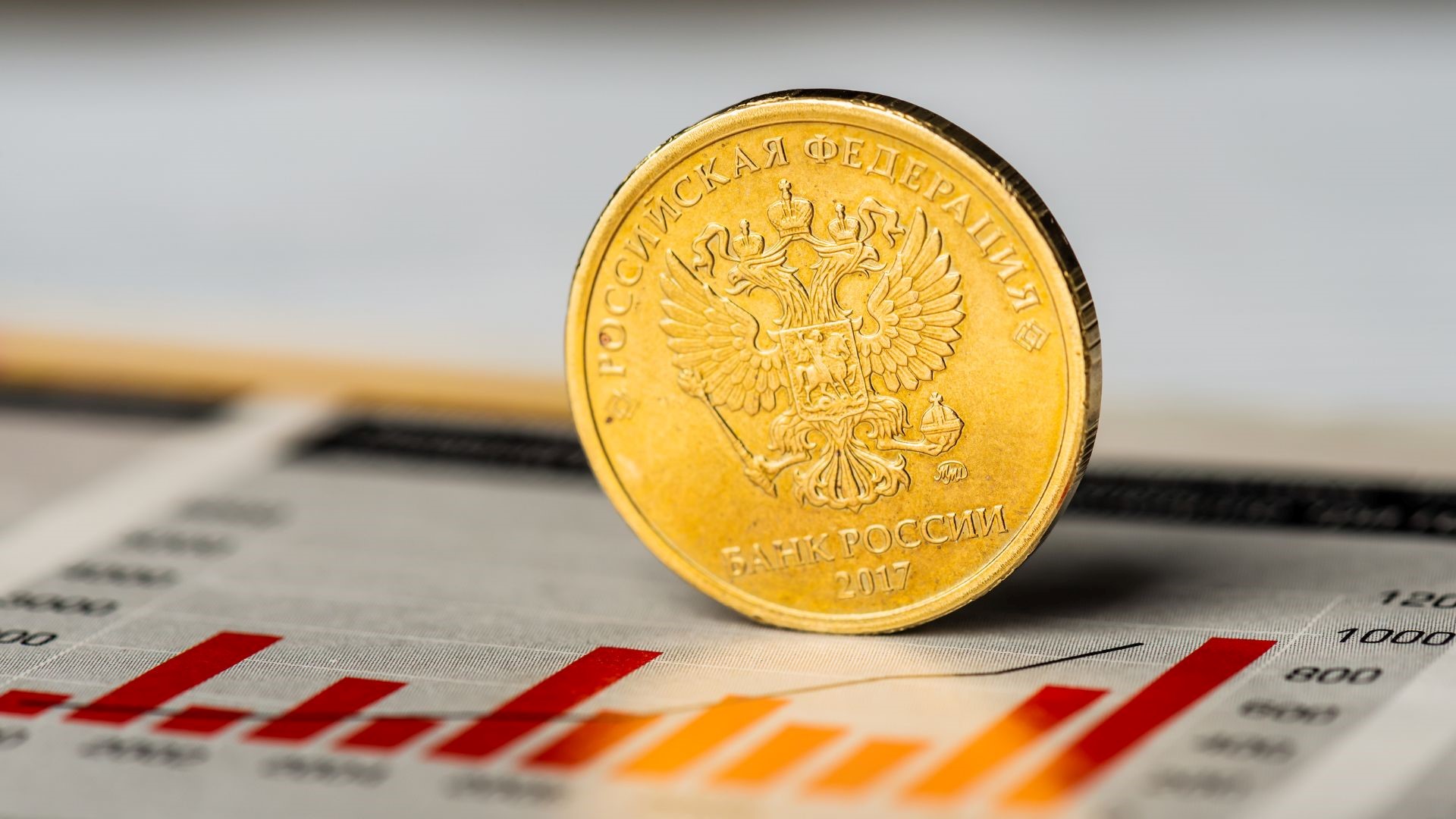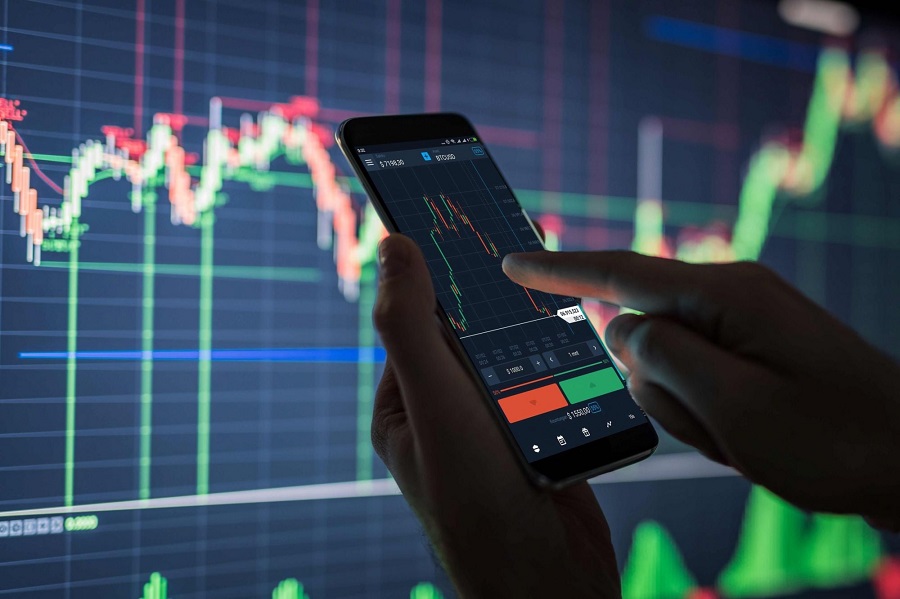For traders who prefer to base their decisions on historical marketplace trends and patterns, historical data on the forex market is an invaluable resource. Traders can use historical data in the incredibly volatile forex market to better understand market behavior, spot trends, and develop trading plans.
We’ll look at the fundamentals of historical forex data and how important it is to traders in this piece of content. We’ll also go through the many kinds of historical data that are accessible, how to get access to it, as well as how to employ it wisely when trading.
Forex Historical Data: What Is It?
A collection of previous market data known as forex historical data is what traders employ to study the behavior of the markets for foreign currencies. Currency exchange rates, ask and bid prices, trade volume, and other market variables can all be included in historical data. Moreover, traders can examine market movements and trends over lengthy periods by using data that can cover several years. Additionally, this data can be used to make informed decisions and predictions about future market behavior.
Technical analysis, which examines past market data to find underlying trends and patterns that can aid traders in forecasting future price movements, frequently makes use of historical data. Furthermore, to get insight into the market’s behavior, traders might analyze historical data to locate levels of support and resistance, line trends, and chart patterns.
Why is Forex Historical Data Vital for Traders?
Forex historical data is essential for traders since it can offer insightful information about the market’s behavior. Traders can better comprehend the changing nature of the market and spot potential trading possibilities by examining historical market data.
Furthermore, using historical data, traders can develop more successful trading tactics. Additionally, analyzing historical trends and patterns can help traders make trading judgments more wisely. Enabling them to set stop-loss and take-profit settings and determine the optimum times for entering and leaving trades. Moreover, having a deep understanding of market behavior from past data can give traders an edge in the forex market.
4 Primary Types of Forex Data for Traders
· Tick Data
The most detailed type of historical data is tick data, which offers details on each trade that occurs in the market. The price, timing, and volumes of each deal are included in this data, which can be used to study short-term market behavior.
· Minute Data
The behavior of the market at the minute stage is shown by minute data. The beginning and ending prices, the greatest and lowest costs, and the amount of trading for each minute are all included in this data.
· Hourly Data
The behavior of the market at the hourly level is revealed by hourly data. The initial and final prices, the highest and cheapest prices. And the number of transactions for each hour are all included in this data.
· Daily Data
The behavior of the market daily is shown by the daily statistics. The starting and ending prices, the top and bottom rates. And the volume of trading for each day are all incorporated into this data.
How Traders Can Access Forex Historical Data: 4 Steps To Follow!
For traders who wish to examine marketplace trends and make wise trading choices, access to historical forex data is crucial. Furthermore, having such data can help traders to understand market behavior, identify trends, and develop trading plans. Additionally, the procedures to follow for getting historical FX data are listed below.
· Forex Dealers
Customers of several forex brokers get a repository of historical data. Traders can ask their brokers if they provide this service by contacting them directly. Some brokers might provide the data without charging a fee, whereas others might.
· Third-Party Providers
Forex historical data is available from some third parties in several formats, like CSV, Excel, and API. Additionally, these suppliers could supply information for certain currency pairs or whole markets.
· Trading Platforms
Some trading platforms, including MetaTrader, incorporate the ability to view historical data. Furthermore, these applications allow traders to obtain and analyze data right from the platform.
· Data Subscription Services
Historical data for the currency market and other market segments are provided by several data subscription services. Moreover, the use of these services can be subject to payment.
How to Use Historical Forex Data?
- Determine trends – Traders can use historical information to spot market shifts and patterns. Moreover, trading professionals can find important levels of support and resistance, pattern lines, and other technical signs that can aid in forecasting future price changes by looking at market behavior in the past. Additionally, using historical data can give traders a better understanding of the market and improve their trading strategies.
- Trading strategy backtesting – Investors can back-test trading methods using historical data to assess how well they perform under various market conditions. Additionally, traders can assess how their tactics would have worked by replicating trades based on previous market behavior and making any necessary modifications.
- Creation of trading systems – Trading systems and methods that can automate trading choices can be created by traders using historical data. Furthermore, traders can develop trading systems that can analyze market information. And make trading choices based on pre-established criteria by training machine learning models with historical data.
Conclusion
For traders who wish to make knowledgeable trade choices, comprehending historical data on the forex market is essential. Therefore, trading professionals can strengthen their trading judgments by obtaining and examining previous data to find trends and patterns.
Forex historical data is a useful tool for traders who wish to increase the efficiency of their trading. Moreover, trading decisions can be made more intelligently and successfully in the forex market by utilizing historical data to get insights into previous market behavior.




